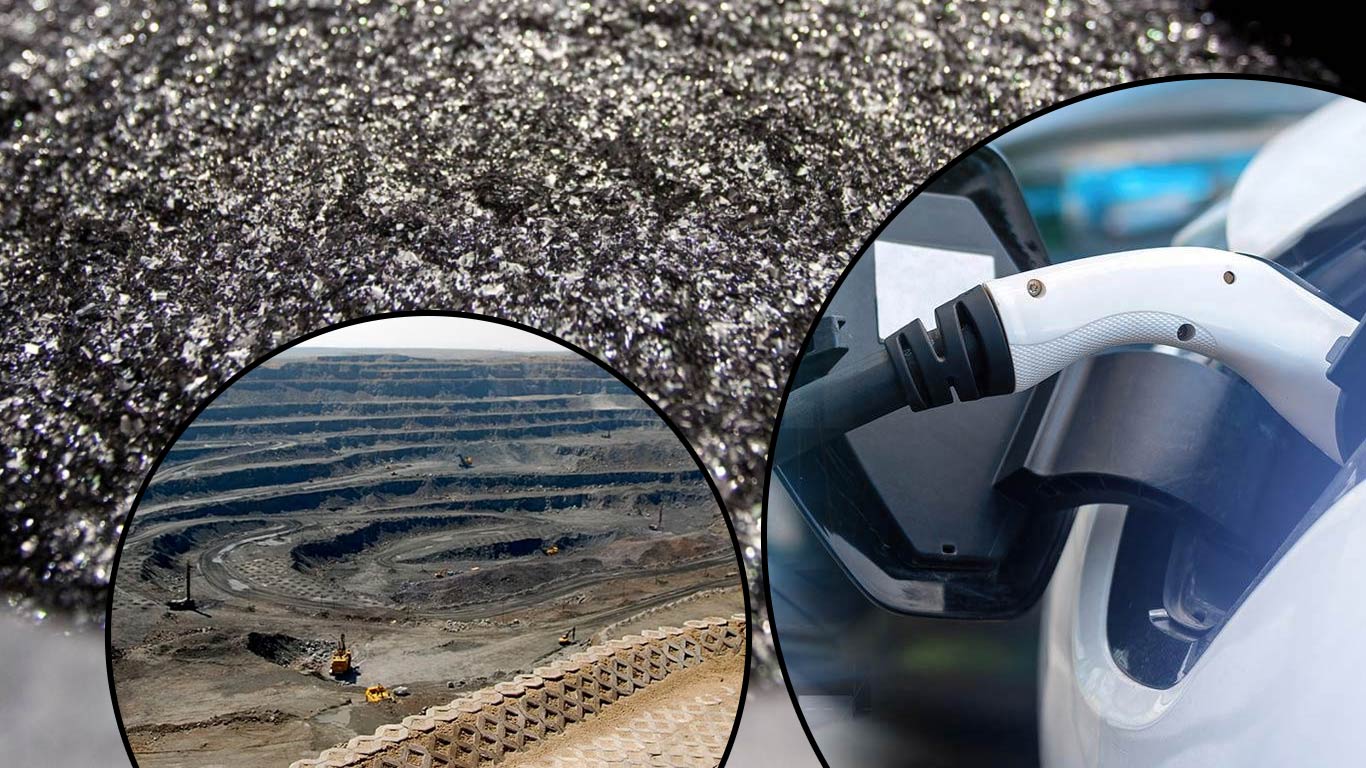India’s Initiative to Boost Rare Earth Magnet Production: Collaboration Between Government and Industry

India is ramping up its efforts to establish domestic production capabilities for rare earth magnets, a move prompted by ongoing global supply chain disruptions due to China’s export restrictions. These restrictions have significantly impacted key sectors, including automobiles and electronics. At the Tec-Verse event, Amitesh Sinha, additional secretary of the Ministry of Electronics and IT, emphasized the collaborative efforts among the government, industry, and academia to tackle the challenges of manufacturing rare earth magnets competitively.
Strategic Importance of Rare Earth Magnets
Rare earth magnets, particularly neodymium-iron-boron (NdFeB), are crucial for high-performance applications such as electric vehicle traction motors, power steering systems, and various consumer electronics. Currently, India relies heavily on imports for these magnets, with nearly 100% of its NdFeB requirements sourced from abroad. Alarmingly, about 90% of these imports come from China. The recent tightening of export licensing norms by China for critical rare earth elements, including terbium and dysprosium, has further complicated the situation. These elements are essential for the production of NdFeB magnets and their restricted availability has disrupted global supply chains, particularly affecting India’s burgeoning electronics sector.
Collaborative Efforts to Enhance Production
During the Tec-Verse event, the Centre for Materials for Electronics Technology (C-MET) signed a technology transfer agreement with Somal Magnets, an Ahmedabad-based company, to bolster domestic production of rare earth magnets. Sinha clarified that while the Ministry of Electronics and IT is not directly involved in production, it plays a vital role in developing the necessary technologies for manufacturing. He noted that while technology is available, the challenge lies in making it commercially viable at competitive prices. The urgency of these efforts has increased in light of recent supply chain disruptions, prompting a strategic push towards self-reliance in this critical sector.
Government’s Response to Supply Chain Challenges
The Indian government is actively engaging in discussions with China to streamline rare earth supply chains. The Ministry of External Affairs has confirmed these dialogues, while the Commerce Ministry is working with industry bodies such as SIAM and ACMA to assess the auto sector’s vulnerability to supply disruptions. Commerce Secretary Sunil Barthwal stated that the government is making every effort to ensure essential imports are secured. He described the current situation as part of a broader global challenge, not limited to India alone. Commerce Minister Piyush Goyal referred to China’s export control measures as a global “wake-up call,” reiterating India’s commitment to becoming a reliable partner for businesses looking to diversify away from Chinese supply chains.
Future Outlook and Industry Implications
With warnings from Crisil Ratings about the potential impact of prolonged disruptions on electric vehicle launches and overall sector growth, India’s push for self-reliance in rare earth magnet manufacturing is viewed as both urgent and strategic. The government aims to develop infrastructure and capabilities that can be scaled during crises, ensuring that the country is better prepared for future supply chain challenges. As the demand for rare earth magnets continues to rise, India is determined to establish a robust domestic production framework that can support its growing electronics and automotive industries.
Observer Voice is the one stop site for National, International news, Sports, Editor’s Choice, Art/culture contents, Quotes and much more. We also cover historical contents. Historical contents includes World History, Indian History, and what happened today. The website also covers Entertainment across the India and World.
Follow Us on Twitter, Instagram, Facebook, & LinkedIn

